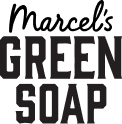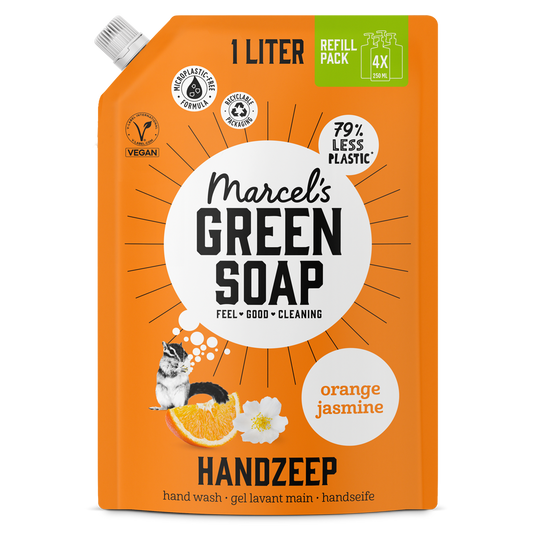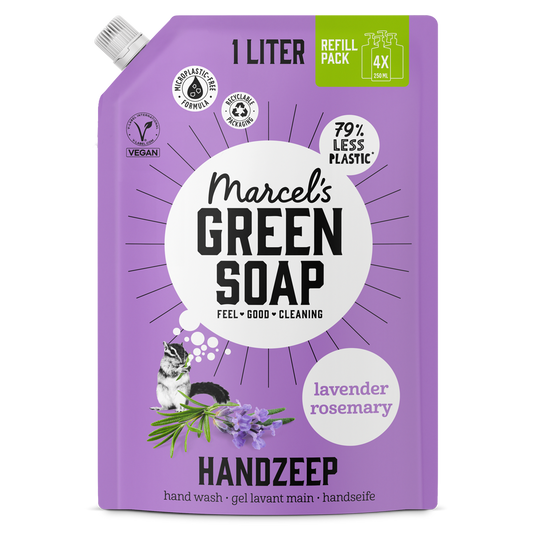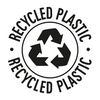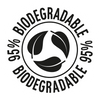'Hey Marcel, why do you use SLS?' A frequently recurring question in our mailbox. To get straight to the point: Marcel's Green Soap never uses SLS (Sodium Lauryl Sulfate), but it does use SLES (Sodium Laureth Sulfate). We are happy to tell you what the difference is between these sulphates and why we use SLES in some products.
What do sulfates do?
Anyone who says 'sulphate' spontaneously gets dry skin. Because that has been the image of this foam-forming substance in recent years. Sulfates are often used in shampoo, soap, detergents, toothpaste, facial cleansers, shaving cream, etc. In short: in everything that foams nicely. The surfactant ensures that grease and dirt are dissolved and removed. Sounds good, right?! But the problem is that sulphates actually do their job too well, meaning that (when used regularly) they not only dissolve grease and dirt, but also damage the skin's natural protective layer. This can cause irritation, especially if you have sensitive skin. SLS (Sodium Lauryl Sulfate) and - especially - SLES (Sodium Laureth Sulfate) are common sulfates in shampoos and other care products. The fact that these abbreviations and names are very similar sometimes causes confusion.
What is the difference between SLS and SLES?
Don't worry, we won't make this a difficult chemistry lesson: SLS (Sodium Lauryl Sulfate) and SLES (Sodium Laureth Sulfate) are both surfactants* that ensure that the caring properties of a product can do their job better. The sulfates also have a foam-forming effect, making it easier to distribute and rinse your shampoo, shaving cream, toothpaste, soap and other care products. Although both substances have a cleansing and foaming effect, SLES is much milder for your skin and hair than SLS. SLS is not often found in personal care products, but SLES is. This also applies to some Marcel's Green Soap products.
*Surfactants, also called detergents or surfactants, ensure that grease and dirt are dissolved and removed into the water.
As sustainable as possible
At Marcel's Green Soap, we are always looking for ways to make our products even more sustainable and better, without sacrificing the wonderful fragrance and ease of use. For example, all our products - naturally - have a microplastic-free formula. In addition, all our bottles are made of recycled plastic. But now we hear you thinking: so why is there sulphate in your products?
Some of our products contain a small amount of SLES (not SLS). We use this sulphate to make our hand soaps, shampoos and shower gels lather nicely and enhance their cleansing effect. The SLES variant we use is extra mild - unfortunately you can't tell from the name on the label - and in addition we have added moisturising ingredients - such as aloe vera and vegetable glycerin - that counteract the somewhat drying effect. We choose to use sulphate because there is not yet a more sustainable and effective alternative. If you replace this (synthetic) substance with a natural ingredient, you may well need eight times more raw materials to make the shampoo, soap or shower gel just as effective. And since sustainability is our number one priority, that's not the solution.
Pssst… would you rather be sulphate-free? Our shampoo bars , conditioner bars and body bars are sulphate-free, silicone-free and have a microplastic-free formula.
Sources:
https://waarzitwatin.nl/stoffen/natrium-laureth-sulfaat
https://waarzitwatin.nl/stoffen/natrium-lauryl-sulfaat

